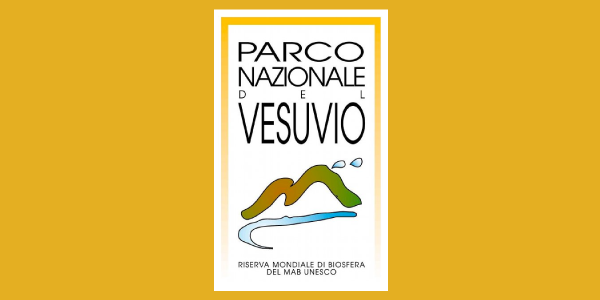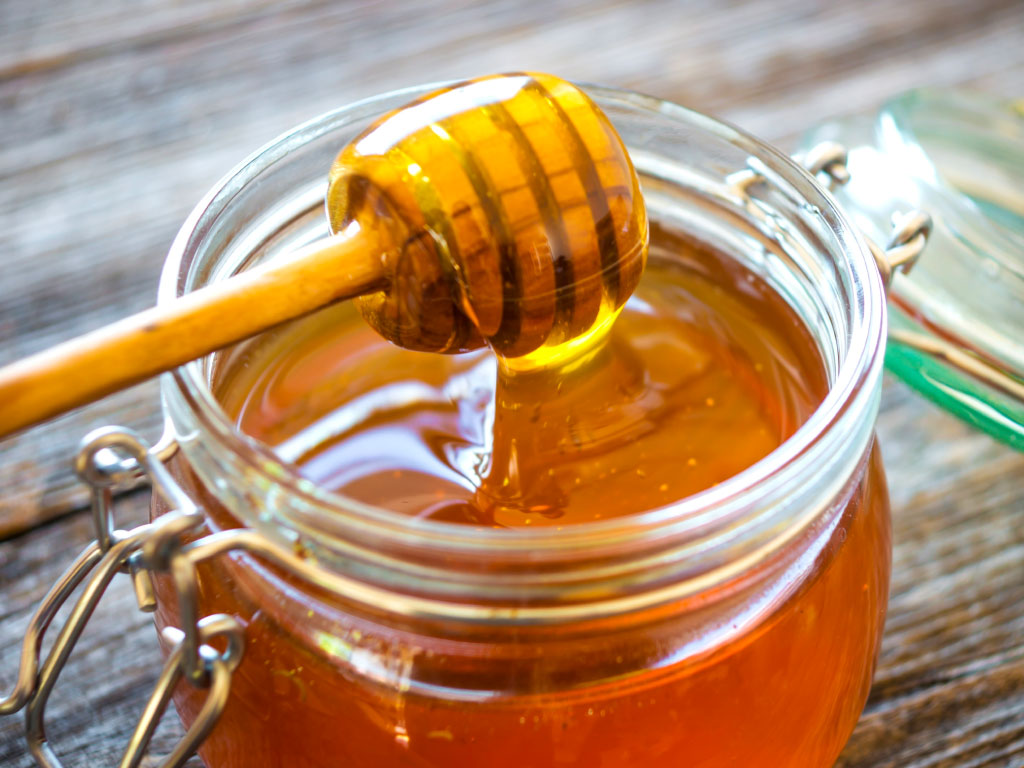Among the woods of Somma Vesuvius one of the best honey of Italy is produced. Honey has remote origins, it was already known to the ancient Egyptians for its antiseptic properties and was considered a symbol of purity and genuineness, thanks to its clear and transparent appearance .
Its colour and scent depend on the bees and therefore on the type of pollen used to produce it; the rich and varied vegetation of Vesuvius has led, over the centuries, to a great production of different types of honey, which, in addition to being eaten fresh, is also the main ingredient of many traditional confectionery dishes: just think of the nougat or the struffoli, produced with acacia honey. The latter is a specialty of the entire region.
Production area
The territory involved in the production is included in the following municipalities: Somma Vesuviana, Sant'Anastasia, San Giuseppe Vesuviano and San Sebastiano al Vesuvio.
Description
Made from the acacia nectar, it has a very light colour and a soft but unique scent; its taste recalls the vanilla scent of flowers. Acacia honey is harvested manually between April and October and left to ripen for 3-4 weeks; it is then packaged in glass containers and placed on the market no later than the autumn of the year following the harvest year.
Even chestnut honey is very ancient and is very important in Campania’s food tradition, since it’s often accompanied by dried fruit, a fundamental ingredient in traditional confectionery crafts. Deriving from the nectar of chestnut flowers, the colour of this kind of honey varies from amber to dark brown. It has a very typical, strong and penetrating smell and a slightly bitter flavour.
Even chestnut honey does not crystallize and is harvested between April and October and then packaged in glass containers and placed on the market by autumn of the year following the harvest. It’s also worth mentioning honeydew. In this case, honey derives from honeydews produced by many different plant species parasitized by a single insect. It has a dark amber colour, sometimes almost pitch and is almost everywhere in the liquid state.
The scent is intense, vegetal, fruity, has a sweet taste but not too much, with a barely perceptible salty aftertaste. The aroma is moderately intense, of barley malt and caramel and not very persistent.

